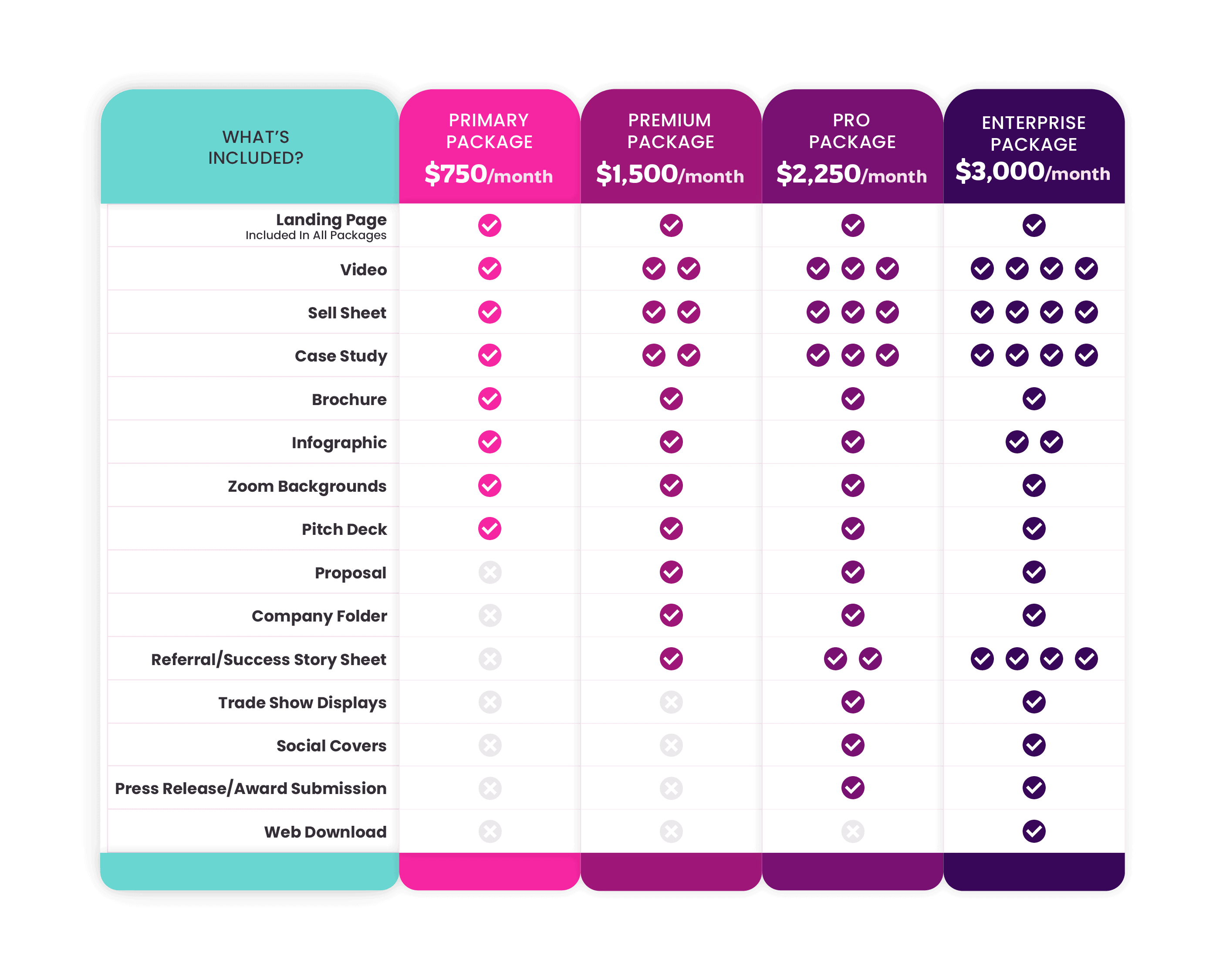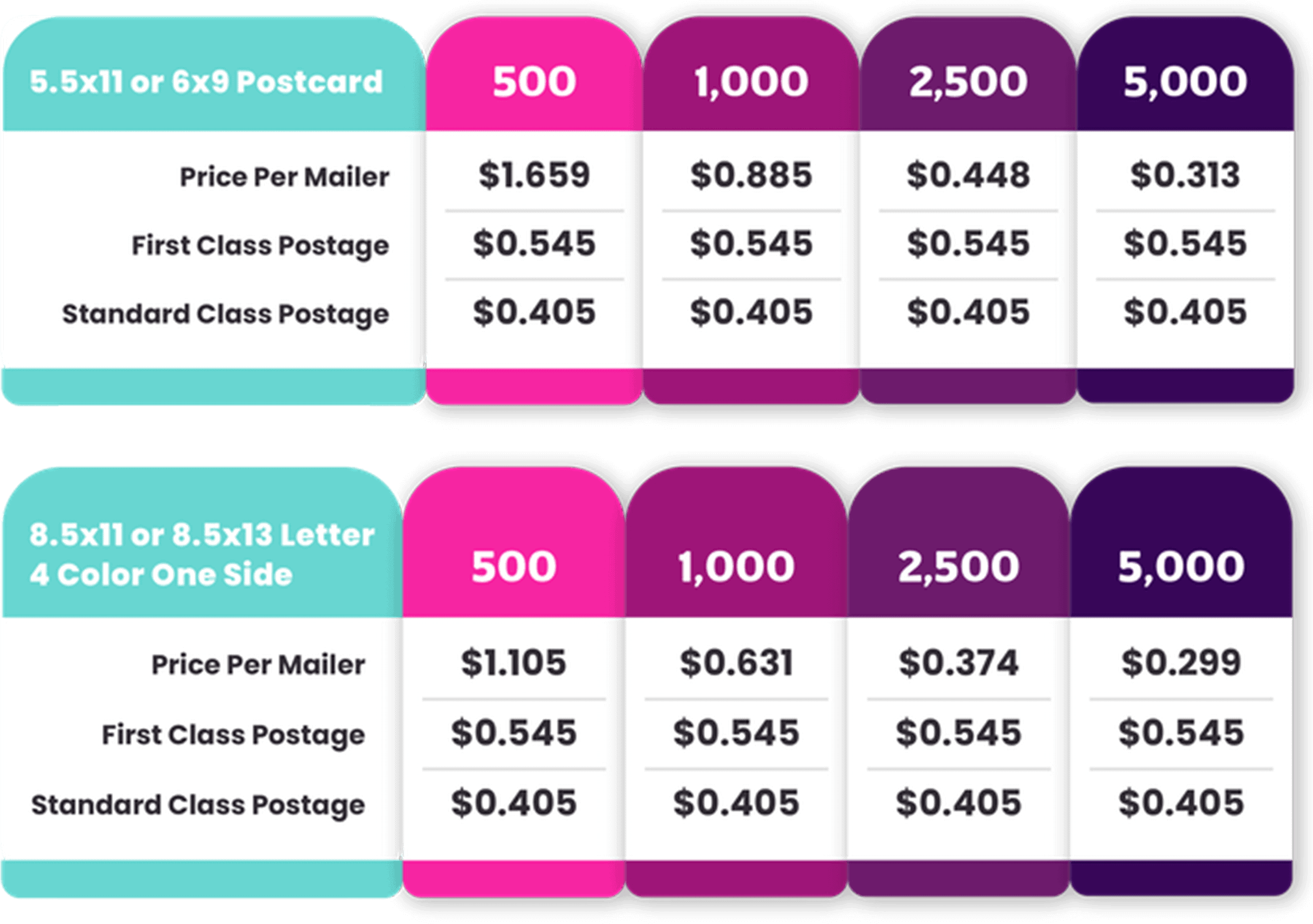Digital Persuasion
How Social Media Shapes the Modern Buyer’s Decision
In a digital economy, the buyer’s journey has changed dramatically, becoming more interconnected than ever before. This path leading from awareness to consideration and then to the decision stage is a crucial process for businesses to understand. It’s at this final stage, the Decision, where the impact of social media becomes apparent.
Traditionally, the Decision stage has been dominated by direct marketing efforts like email campaigns, personalized offers, and follow-up calls. But as the digital landscape evolves, so does decision-making. Social media now has a role in influencing and swaying potential customers as they stand at the crossroads of choice.
The power of social media in the Decision stage is in its ability to forge connections, build communities, and shape perceptions through genuine, meaningful interactions. In this age where consumers are bombarded with choices and information, a well-strategized social media presence can be what guides them to a confident decision.
As businesses and marketers, understanding the nuances of social media at this stage can make the difference between a prospect and a conversion. So, let’s go into how social media has redefined the Decision stage of the buyer’s journey. We’ll uncover the strategies of follower engagement and reputation management that can tip the scales in your favor, transforming passive observers into active participants and loyal customers.
Follower Engagement: Building a Community Around Your Brand
In the Decision stage of the buyer’s journey, follower engagement is more than just likes and comments. This phase is about transforming followers into a community, a collective that believes in your offering and actively advocates for it.
Personalized experiences are at the heart of effective follower engagement. This involves recognizing and addressing your followers as unique individuals with specific needs and preferences. Whether it’s through direct messages, responses to comments, or customized content, personalization can make followers feel valued and seen. This one-on-one approach in social media can greatly influence a potential customer’s decision.
Cultivating a Supportive Environment
Community building thrives on consistency. It’s about creating an environment where followers feel connected not just to your brand, but also to each other. This involves regular interaction, engaging content, and having discussions that resonate with your audience’s interests and values. A strong community acts as a support system, where members can share experiences, provide feedback, and champion your brand. This can be instrumental in swaying decisions, as it provides a platform for authentic user testimonials and peer recommendations.
Reputation Management: Crafting Your Brand’s Narrative
The narrative surrounding your brand is continuously being shaped and reshaped by public perception. Reputation management is the strategic practice of influencing and controlling this narrative. At the Decision stage of the buyer’s journey, effective reputation management becomes crucial. It’s about ensuring that when potential customers are making their final evaluation, the story they encounter about your brand is one of trustworthiness, quality, and customer satisfaction.
Establishing and maintaining trust is a cornerstone of successful reputation management. In the digital realm, your brand’s online reputation is tied to its credibility. A positive online reputation, bolstered by genuine customer reviews, transparent communication, and consistent brand messaging, can significantly elevate your brand in the eyes of potential customers. You have to showcase the positives but also openly address challenges and demonstrate a commitment to excellence.
Consistency Is Key
Consistent messaging across all platforms reinforces your brand’s values and helps build a cohesive narrative. It’s important to ensure that your social media interactions, content, and overall online presence align with your brand’s ethos and message. This consistency helps in building a reliable and trustworthy brand image, which is instrumental in swaying the decision-making process of potential clients.
A Proactive Approach to Reputation Management
Being proactive in managing your online reputation involves regularly monitoring social media channels, review sites, and other digital platforms for mentions of your brand. Quick and thoughtful responses to both positive and negative mentions help in maintaining control over your brand’s narrative. This proactive approach helps in managing immediate perceptions and in building long-term trust and loyalty.
Handling Negative Feedback: The Art of Polite and Constructive Responses
Negative feedback, when handled correctly, can offer a unique opportunity to demonstrate your brand’s commitment to customer satisfaction and excellence. Addressing such feedback is crucial, especially during the Decision stage, as it can significantly impact how potential customers perceive your brand. A well-handled negative comment can often be more powerful than a string of positive reviews, as it showcases your brand’s dedication to resolving issues and maintaining a high standard of service.
The key to converting negative feedback into a positive outcome lies in how you engage with it. Quick, empathetic, and constructive responses can help diffuse situations and restore customer confidence. It’s important to acknowledge the issue, offer a sincere apology, and provide a solution or the steps you are taking to address the concern. This transparent approach not only appeases the dissatisfied customer but also signals to others that your brand values feedback and is committed to continuous improvement.
Learning and Growing
Negative feedback should also be seen as a valuable source of insight. It provides a direct line to your customers’ thoughts and experiences, allowing you to identify areas for improvement. By addressing these areas, you can make strategic changes that enhance the customer experience, thereby positively influencing future decisions.
Leading the Conversation: Strategies for Dominating Relevant Discussions
Waiting for the conversation to come to you is a missed opportunity. Proactive engagement involves taking the initiative to start and drive conversations, establishing your brand as a thought leader and influencer in your industry. This aspect of social media strategy is particularly crucial in the Decision stage, where influencing the narrative can significantly sway potential clients’ perceptions and decisions.
- Initiating Meaningful Conversations – Being proactive means initiating discussions that resonate with your audience. This could be through thought-provoking questions, insightful articles, or industry-related challenges. By starting these conversations, you position your brand as a hub for discussion and innovation, drawing in more engagement and interest.
- Staying Ahead of Trends – To lead the conversation, it’s important to stay on top of current trends and topics in your industry. This allows you to create timely and relevant content that sparks interest and discussion. By being at the forefront of industry conversations, your brand becomes a go-to source for information and insight, enhancing its authority and appeal in the decision-making process.
- Listening and Adapting – Active listening on social platforms is key. Pay attention to what your audience is talking about and their responses to various types of content. Use this insight to adapt your engagement strategy, ensuring that your brand is always part of relevant and engaging conversations.
- Consistency and Authenticity – Engage with your audience in a manner that aligns with your brand’s voice and values. Authenticity in these interactions builds trust and fosters a deeper connection with your audience.
- Engagement Beyond Promotion – Focus on conversations that offer value beyond direct promotion of your products or services. This could involve discussing industry news or providing solutions to common challenges. This kind of engagement demonstrates your investment in the community and industry, not just in sales.
Transforming Social Media Into a Decision-Making Powerhouse
Social media’s power extends far beyond simple broadcasting; it’s an interactive, dynamic platform for building trust, credibility, and a sense of community. By engaging in personalized interactions and demonstrating authentic commitment to your audience, you can turn your social media channels into influential decision-making tools.
To learn about the best types of social media for all stages of the buyer’s journey, download our exclusive guide here.
But managing your brand on social media is a time-consuming endeavor for even the most industrious entrepreneurs. The good news? The Creative Sweets Social Boost Program can enhance your strategy, turning your social platforms into key drivers of customer decisions and business growth. Check out our Social Boost Guide to learn more and be sure to check out our final installment in this series for a deep dive into the final stage of the buyer’s journey.










Tailoring Interactions for Impact